
![]()
As a landscape and travel photographer, I often carry around an ultra-wide-angle 14mm lens and the Tamron 28-75mm f/2.8. Last week I was able to test the latest addition to the Tamron series for full-frame mirrorless cameras: the 70-300mm f/4.5-6.3 Di III RXD. And I think I’ve found the perfect addition to my usual 2-lens kit.
This lens has an enormous range and is extremely light and small. This, in combination with the sharpness, makes it a perfect and super fun do-everything lens. And with a retail price of approximately $550 (about half the price of the Sony version), this is certainly a lens that I’m willing to buy.
First impression
At just 545 grams, the Tamron 70-300 is extremely light compared to most other telephoto zoom lenses. Set it next to the Sony 70-300mm f/4.5-5.6G at 854 grams, for example, and you really notice that difference.
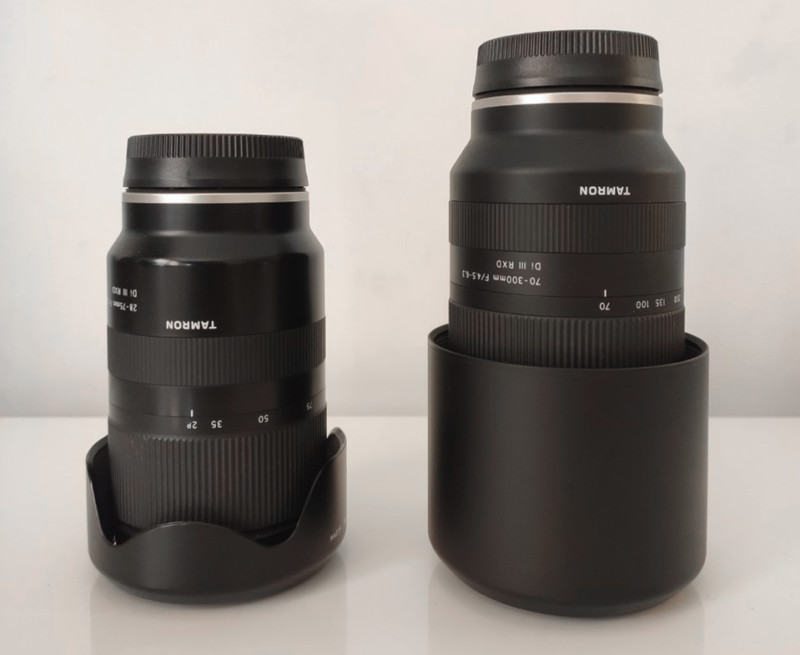


If you have used one of the other lenses from the Tamron series, then using this lens feels like coming home—it works exactly like the others in the range. The build is plastic but feels professional, and there are two rings on the lens: one for focus and one for zooming. Both rings feel good and run smoothly, and there are no buttons or switches on the lens.
In terms of complaints, I think it would be nice to have a lock to prevent creeping (which this lens does a little bit) but it’s not a deal breaker. The lens also extends during zooming, so it doesn’t remain “the world’s smallest telephoto zoom lens” for long… just FYI.
The filter size is 67mm, just like with all other lenses from the Sony E-mount series. I find this very useful when I work with filters as it saves a lot of money and hassle. There is also a detachable lens hood, which I really like.
Finally, I found the auto-focus to be both fast and quiet, and the lens is super sharp, especially when you shoot it between f/4.5 and f/11.
![]()
![]()
![]()
In the field
I had a week to test this lens before sending it back, and I tried to use it in a variety of situations. In the end, I was able to use the lens for: Landscapes, Macro, Wildlife, Portraits, and Abstract photography, and have included samples from all of my tests below.
For landscape photography, macro, and wildlife I actually prefer extreme focal lengths. For example: a 14mm or an extreme telephoto zoom. For travel and portrait photography, I find flexibility and speed important. Often I don’t have time to keep switching lenses, so the range of the 70-300mm is super handy for me.
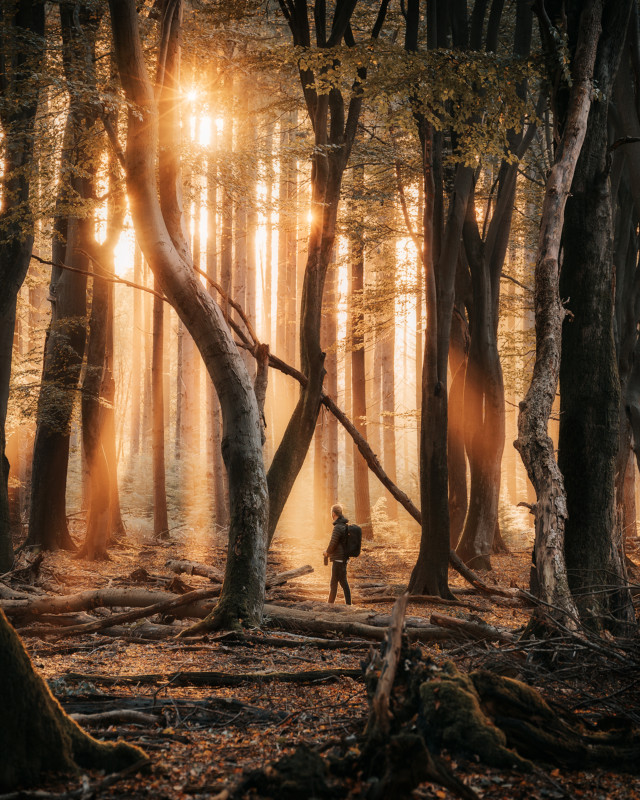


This lens can be used at 70mm, 85mm, 135mm, and 200mm for travel photography, portrait, and also landscape. Then, if you want to capture more intimate landscapes or macro photography, you can keep going into 200-300mm territory. This alone is already a reason for me to choose this lens over a 70-200mm or 70-180mm.
I find that photos taken with a focal length of 200mm to 300mm look more interesting to me, perhaps because it’s not often used to capture landscapes.
Landscape
As mentioned above, the fact that you can photograph a wide landscape at 70mm and a more intimate landscape at 300mm gives you a lot of flexibility— you will be able to capture a lot of different shots in a short time without having to switch lenses.
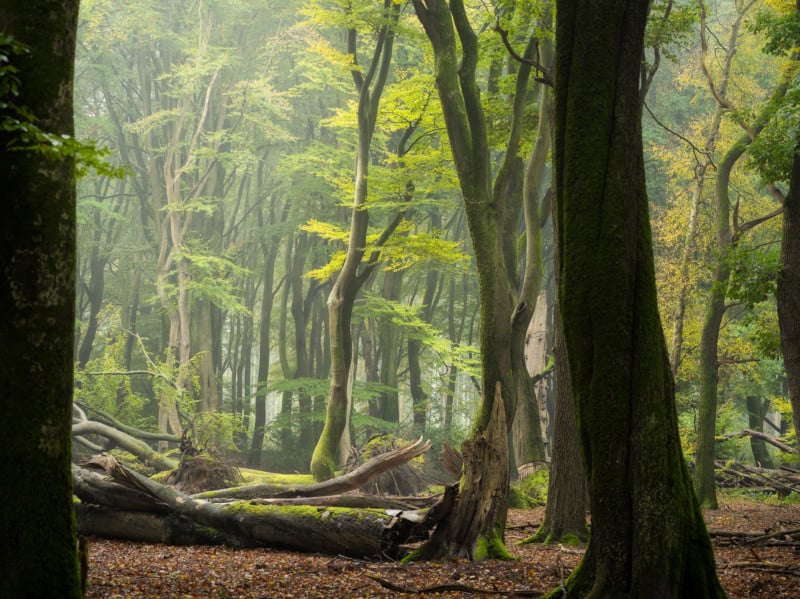


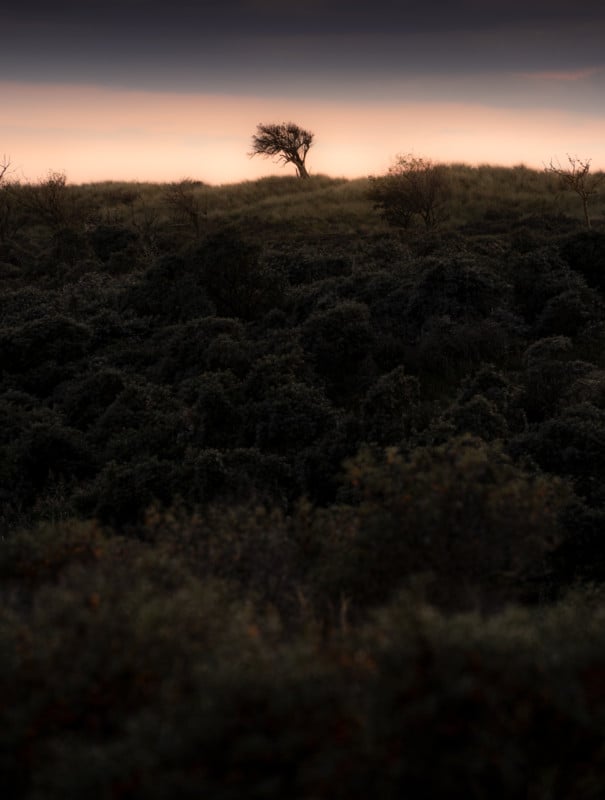


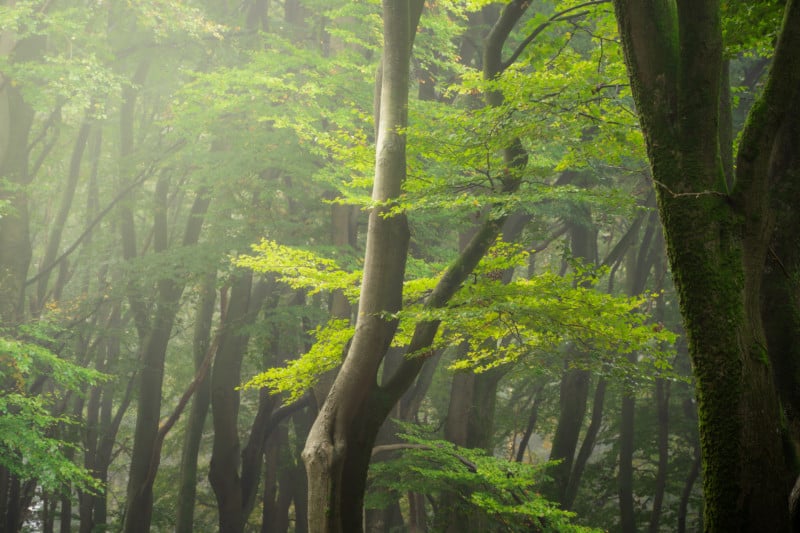


Macro
This lens can also be used for macro-like photography. The bokeh is nice to look at and you can work well with the depth of field. I could just shoot some macro images by hand by combining a shutter speed of about 1/100s with the IBIS of the Sony.
In the picture below you can see the bokeh of this lens is pretty impressive for an aperture of f/6.3.
![]()
![]()
![]()



![]()
![]()
![]()
![]()
![]()
![]()
Portrait
Portraits can certainly also be shot with this lens. Between 70mm to approximately 200mm you have a lot of flexibility and options for framing. If I were to do a really focused shoot for portraits, I would rather opt for the 28-75mm f/2.8 so that I can quickly switch between 35mm, 50mm, and 75mm, but that is a personal preference.
![]()
![]()
![]()
Wildlife
To be honest, I’ve never photographed wildlife before. So I went out to a national park to photograph foxes and deer, and I have to say, I am really happy with the results! At 300mm I could photograph beautiful moments easily, without having to get very close to the animals.
The first image was shot at 300mm and then cropped a bit. With a 200mm or 180mm, this could not have been done without sacrificing too much resolution.
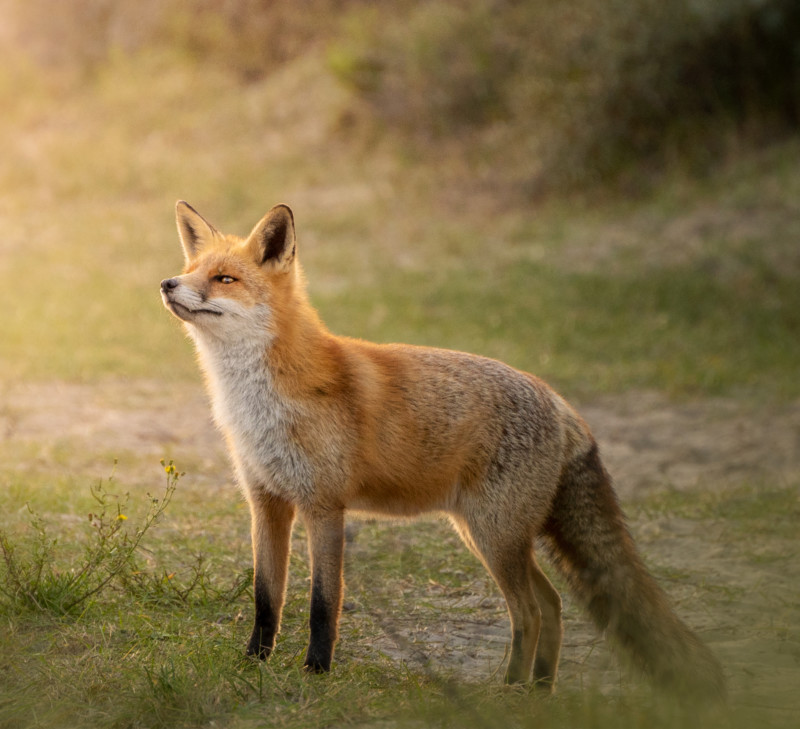


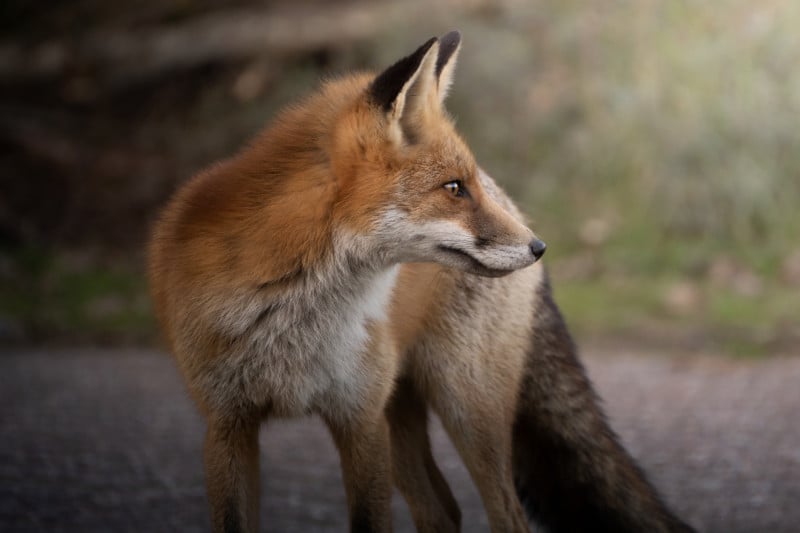


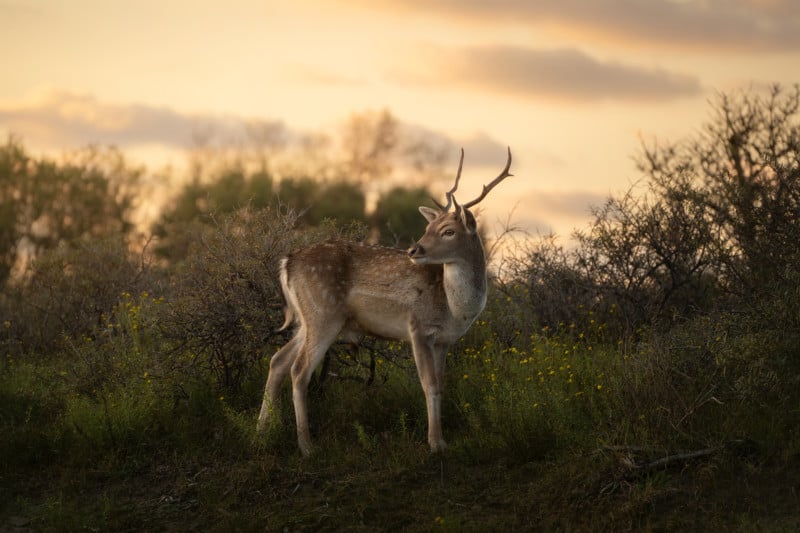


![]()
![]()
![]()
Abstract
If the weather is not going well and there is no nice sky, I prefer to grab a telephoto zoom and start photographing details and abstract images. I can really spend hours on this. Ripples in the water, waves, ice, leaves, everything.
![]()
![]()
![]()
![]()
![]()
![]()
![]()
![]()
![]()
Conclusion
The Tamron 70-300mm f/4.5-6.3 Di III RXD hits three really important points at once: it’s very sharp, it’s reasonably fast, and it’s affordable. It’s also great for traveling due to the weight and size… so I guess that makes 5 points. I would personally choose this lens over a 70-200 because of the extra range and the reasons mentioned above.
The build of the lens might not be as good as the Sony G and G-master lenses but this is something I am willing to give up. I’ve taken my Tamron 28-75mm f/2.8 to Iceland, Mount Everest in Nepal, and the jungle in the Philippines and it is still working perfectly, so I don’t think build will be a problem.
In the end, for me, the versatility and affordability of this 70-300 beats the speed advantage of a 70-200 f/4 or f/2.8, no question.
Author’s Note: Please keep in mind that the above images were taken with a pre-production model of the lens.
About the author: Thomas Kuipers is a travel and landscape photographer Based in Amsterdam. He started out fascinated by the night sky and astrophotography, but the local light pollution eventually pushed him towards landscapes, architecture, portraiture, travel and nature. His passion is to inspire people and create awareness of how beautiful the things around us really are.
You can find more of his work on his website or by following him on Instagram. This post was also published here.

